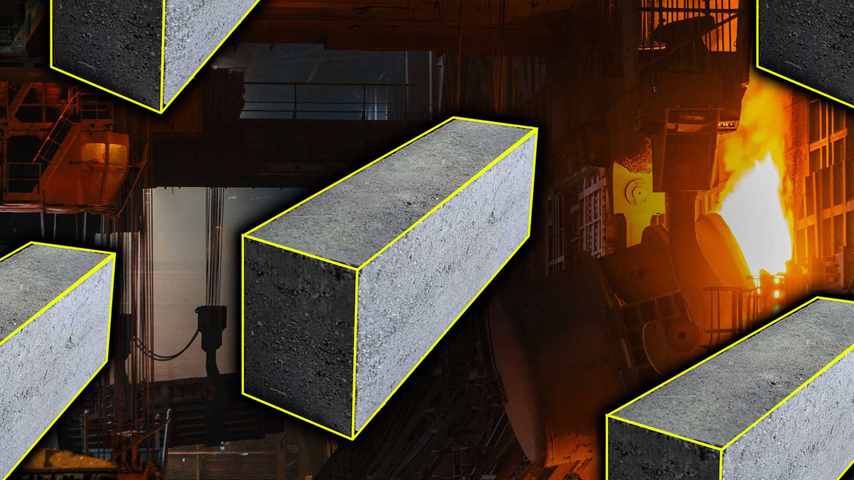ASME's Five Strategic Technologies: Bioengineering
ASME's Five Strategic Technologies: Bioengineering
May 31, 2019
This is the third in a series of ASME News articles on the Society’s five strategic technology focus areas. This article will discuss ASME’s activities related to the topic of bioengineering.
Bioengineering — the technologies associated with the application of engineering processes in developing devices, pharmaceuticals, biologics, food supplements and other products for the prevention and treatment of disease — was selected as one of ASME’s five strategic technology areas because it is a rapidly evolving field on which the Society felt the contributions of mechanical engineers could have a significant impact.
The bioengineering landscape is highly fragmented, however. While there are a number of smaller, mostly research-focused associations involved, the field lacks a clear lead society. Through its Alliance of Advanced BioMedical Engineering (AABME) platform, which was launched in 2017, ASME aspires to become the go-to destination for resources and content to help bridge the gaps in the bioengineering field.
One of the fundamental challenges in bioengineering — which requires collaboration between engineers and medical professionals — is communication, since words such as “stability” and “strain” have different meanings for physicians, engineers and others working in the field. To help rectify this situation, ASME has launched a new Bio Lexicon on the AAMBE website. ASME’s Bioengineering Division made substantial contributions to the Lexicon, which is expected to feature approximately 165 bioengineering terms by July 1, according to Christine Reilley, business development director for Healthcare at ASME.
Another major ASME bioengineering program this year will be the conference “Visualize MED: Modeling the Future of Medicine,” which be presented Oct. 22 in Minneapolis, Minn. The daylong event, which will be held at the Millennium Hotel, will feature a program packed with interactive sessions and panel discussions addressing how modeling and simulation of medical devices — one of two emerging areas within bioengineering on which ASME is focusing — can speed product development and the regulatory submission process for medical devices while increasing patient safety and improving device performance. Scheduled speakers include representatives from such companies as 4Web Medical Inc., ANSYS, Dentsply Sirona, Front End Analytics, HeartFlow Inc., Medtronic Synopsis Inc., and System Insight Engineering, as well as the Houston Methodist Research Institute, NAMSA, the National Institute of Dental and Craniofacial Research, and the University of Minnesota. To learn more about the event, visit go.asme.org/visualizemed.
Another area the Society is concentrating on is cell therapy, Reilley said. To that end, ASME is collaborating with biomedical pioneer Dean Kamen’s Advanced Regenerative Manufacturing Institute (ARMI) on the forming of a standards committee for 3D bioprinting equipment. ASME is also involved in preliminary discussions with the Society of Thermal Medicine about establishing a subcommittee related to thermal medicine — the manipulation of tissue temperature for the treatment of disease — since thermal medicine therapies are based on the principles of heat transfer.
Other bioengineering-related activities and programs currently underway at ASME include:
- The 2018 release of the new ASME Journal of Engineering in Medical Diagnostics and Therapy;
- The recent “Bioprinting, Bioinks and Biomaterials for Tissue Engineering” webinar, which is now available on demand, and the upcoming “Building Trust in Modeling” webinar, to be held on June 25;
- The publication of Mechanical Engineering magazine’s Bioengineering Special Report last month; and
- The recent publication of the books Electromagnetic Induction Imaging: Theory and Biomedical Applications and Silver Nanoparticles: Properties, Synthesis Techniques, Characterizations, Antibacterial and Anticancer Studies.
Other bioengineering related products and programs are currently being developed by the Society. Be sure to check future issues of ASME News for updates.




